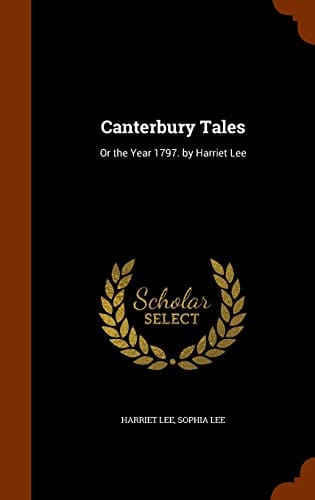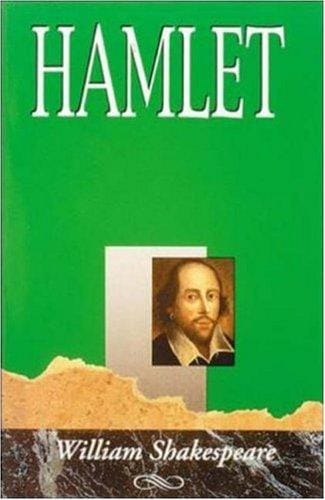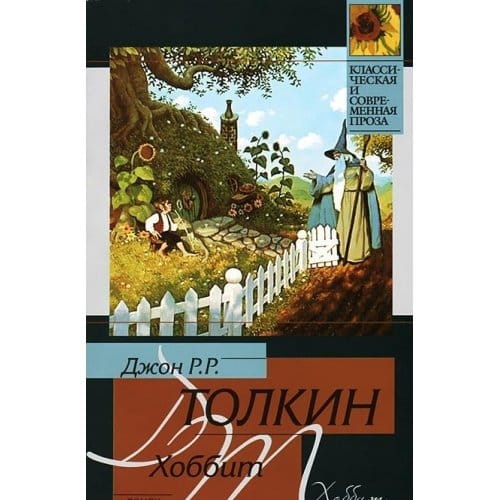A Complete Guide to Geoffrey Chaucer’s Canterbury Tales
Discover Chaucer's Canterbury Tales—its plot, themes, language innovations, and lasting impact on English literature—in a concise, reader-friendly guide.

Introduction to The Canterbury Tales
Few works of medieval literature rival the vividness and variety of Geoffrey Chaucer’s The Canterbury Tales. Written in the late fourteenth century, the poem captures a cross-section of English society on a spring pilgrimage to the shrine of Saint Thomas Becket in Canterbury. Chaucer’s fusion of humor, realism, and social commentary helped establish English, rather than Latin or French, as a literary language worthy of serious art.
Across its collection of 24 tales—some bawdy, some pious, all memorable—the work showcases merchants and millers, knights and nuns, each eager to impress fellow travelers with a story. The resulting tapestry is both a delight to read and a revealing snapshot of late medieval life.
A Pilgrimage in Story Form: Plot Overview
The overarching narrative frame is simple: thirty pilgrims gather at the Tabard Inn in Southwark, agree to tell two stories each on the way to Canterbury and two on the way back, and compete for a free supper. Their host, Harry Bailly, rides along as judge and moderator. Chaucer himself inserts a semi-fictional version of “Chaucer the pilgrim,” blurring the line between author and character.
The tales themselves span genres—courtly romance, beast fable, sermon, fabliau, saint’s life—and moods. The Knight opens with a dignified romance about chivalric honor, only for the Miller to undercut it with a ribald farce involving a carpenter, an illicit affair, and an unforgettable trick with a hot poker. Later, the Pardoner scandalizes the group by admitting his own greed while delivering a moral lesson against avarice.
Because Chaucer never completed the projected 120 stories, modern editions preserve 24 full tales and several linking prose passages known as “headlinks” and “endlinks.” Yet the incomplete state scarcely diminishes the reading experience; in fact, the abrupt breaks underscore the organic, conversational feel of a journey interrupted by real life.
Chaucer's Innovative Structure and Language
Chaucer adopted the format of framed storytelling from sources like Boccaccio’s Decameron, but he innovated by letting narrators’ voices color every aspect of their tales. Vocabulary, tone, and rhetorical flourishes shift radically from one story to the next, creating an early masterclass in literary ventriloquism. The result is a democratized chorus in which no single viewpoint claims final authority.
The decision to write in Middle English iambic pentameter was equally groundbreaking. Prior English poems favored alliterative lines; Chaucer instead blended French syllabic meter with native English rhythms, establishing the poetic line that Shakespeare would later perfect. Even readers encountering Middle English for the first time can often grasp the gist aloud: “Whan that Aprille with his shoures soote / The droghte of March hath perced to the roote…”
Major Themes That Resonate Today
Social Satire and Class Dynamics
One of Chaucer’s sharpest tools is satire. By assembling knights, clergy, tradespeople, and peasants in one traveling party, he exposes the pretensions and vices of each estate. The Reeve and Miller trade barbs about dishonest craftsmen; the bourgeois Wife of Bath revels in overturning patriarchal expectations; and the Summoner and Pardoner embody clerical corruption. Chaucer’s humor makes the critique palatable, but the questions about power and privilege feel strikingly modern.
Morality, Religion, and Hypocrisy
The pilgrimage setting naturally invites reflection on faith, yet Chaucer rarely delivers easy answers. Characters espouse lofty ideals while behaving ignobly: the Pardoner hawks bogus relics, and the Prioress weeps over a mouse yet wears costly jewelry. Through such contradictions, Chaucer suggests that morality lies in actions, not titles—a perspective that continues to challenge institutions today.
Love, Gender, and Power
Whether in the chivalric triangle of “The Knight’s Tale” or the assertive monologue of the Wife of Bath, questions of love and gender churn beneath the surface. The Wife argues that experience trumps scriptural authority when it comes to marriage, a bold claim in a patriarchal society. By giving her a confident, humorous voice, Chaucer anticipates later debates about female agency and sexual politics.
Influence, Adaptations, and Modern Relevance
The Canterbury Tales helped lay the foundation for realistic characterization in Western literature. Authors from Shakespeare and Dickens to Zadie Smith owe a debt to Chaucer’s ear for dialect and social nuance. Translations and adaptations abound, from Pier Paolo Pasolini’s 1972 film to Patience Agbabi’s contemporary remix, Telling Tales, which re-imagines the pilgrims as twenty-first-century Brits.
Academically, the poem remains a cornerstone of medieval studies, yet its reach extends far beyond classrooms. Readers today recognize the frustration of the Knight with shifting social values, laugh at the Miller’s bawdiness, and cringe at the Pardoner’s brazen profiteering. In an era of polarized viewpoints, Chaucer reminds us that laughter, storytelling, and shared journeys can bridge divides.
Why You Should Read The Canterbury Tales Now
Reading The Canterbury Tales is like boarding a time machine furnished with jokes, gossip, and timeless insight. Its language rewards attentive ears; its characters feel startlingly alive; and its themes—class conflict, gender negotiation, ethical compromise—mirror headlines today. Whether you pick up a modern translation or brave the Middle English, Chaucer’s masterpiece offers an entertaining, thought-provoking pilgrimage worth taking.



